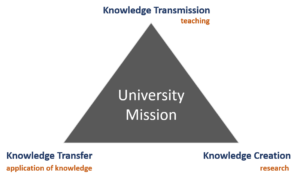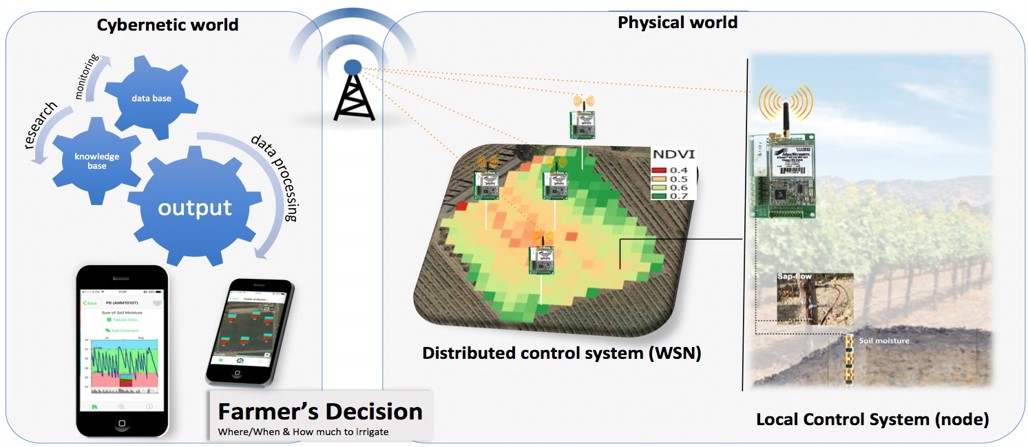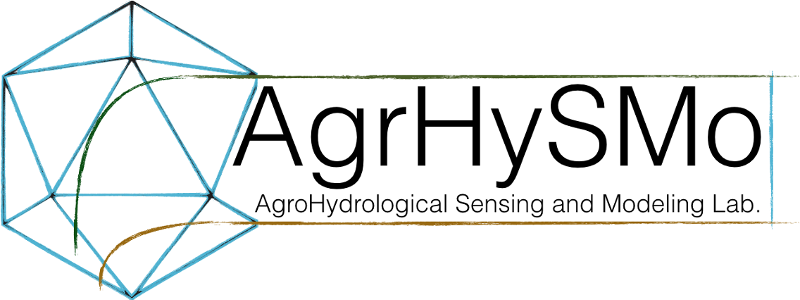All that exists then is both cause and effect, dependent and supporting, mediate and immediate, and all is held together by a natural though imperceptible bond, which unites things most distant and most different. I hold it impossible to know the parts without knowing the whole, or to know the whole without knowing the parts in detail (B. Pascal, 1669).
Welcome to AgroHydrological Sensing and Modeling Laboratory in the Department of Agriculture, Food and Environment (DAFE). This lab harmonises the three pillars of knowledge with the scope of transmitting/transferring them to the Irrigation Industry and Higher Education sectors.
 Therefore our actions are always motivated to address critical societal needs that can be covered through technological advances. Moreover, they also find application in the mitigation of the natural adverse phenomena (Drought) and on the converging social crises concerning the use of water resources of the territory.
Therefore our actions are always motivated to address critical societal needs that can be covered through technological advances. Moreover, they also find application in the mitigation of the natural adverse phenomena (Drought) and on the converging social crises concerning the use of water resources of the territory.
The integration of third mission activities with the agronomic-based research sectors contemplates the optimal irrigation management in an integrated way, which includes the management of water stress, rather than avoiding it, with the most modern water-saving strategies.
For this purpose, all the used/suggested technologies/protocols to schedule irrigation are associated with the feed-forward and feed-back control irrigation protocols. In the first case, the crop water requirements and its aliquot to be supplied are simulated by agrohydrological models. On the other hand, with a feed-back control of the irrigation, the farmer maintains the soil-crop water status within a certain pre-defined range and acquire an awareness of the status through sensors systems installed at local o distributed scale.
Finally, the physical aspect is implemented in a cybernetic platform, where the user can easily use the information returned by the sensors and being informed about the status.

